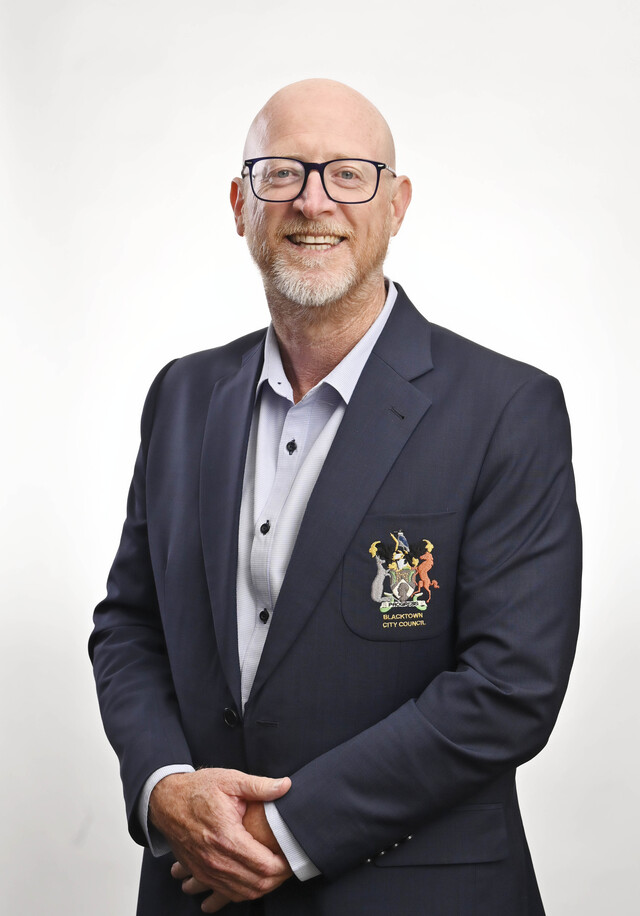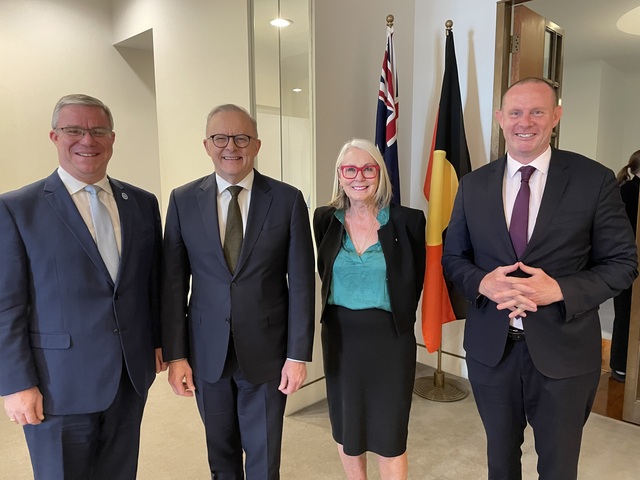By Rob Cook, Marketing Manager, TenderLink
Procurement is often seen as an administrative burden standing in the way of efficiency. Used incorrectly, it can be a barrier between purchasers and suppliers – an obstacle to the flow of goods and services.
But when it’s done properly, procurement is an innovation enabler.
When the purchase process is efficient, reliable and aligned to organisational goals, it ensures that we buy the right stuff, at the right price, at the right time and for the right purposes.
Importantly, with the appropriate processes in place, the purchasing cycle can be streamlined, taking up fewer valuable resources throughout the organisation.
With procurement programmes that aren’t fully optimised, a lot of time is spent on requisitions and approvals. Then there’s the onerous task of putting together the tender documentation, getting it out to market and then responding to the proposals, not to mention dealing with the inevitable queries and occasional complaint from unsuccessful tenderers.
The first step is getting your house in order – getting your policies in place and supporting them with appropriate processes.
As a solutions company, we obviously see technology as a significant conduit in procurement transformation. Appropriate tools save time and money and remove risk by increasing transparency. Technology not only replaces manual processes, but it strengthens programmes by ensuring accuracy, consistency and adherence to a range of procurement guidelines and procurement best practice principles.
In short, using the right processes and tools allows organisations to focus on what they’re buying, rather than how they’re buying it.
The benefits are two-fold.
Firstly, purpose-built procurement toolsets allow your procurement team to shift from having an internal process- and monitoring-driven focus to adopting a broader business-wide view. Instead of looking at compliance and cost cutting, these professionals can throw themselves into adding value through innovation. Procurement experts, with their broad reach across the organisation, are perfectly positioned to drive new ways of doing things. Because of their visibility across departments and activities, they can often identify process improvements and ways of increasing collaboration.
Secondly, releasing the procurement team from its internal focus allows them to spend more time forming strong relationships with suppliers. Suppliers can be vital sources of innovation, as Apple proved with its iPod. The success of that product line can be traced back to the Apple procurement team which discovered the crucial tiny disk drive through its contacts with a supplier in Japan. Had Apple been a “difficult customer”, maybe another company would now own the portable music market.
Suppliers are not only sources of goods and services, they can also be valuable business allies – sources of market intelligence who can share information on new products about to hit the market. Similarly, they can warn of looming shortages or price changes so that you can prepare accordingly.
Trusted suppliers can also serve as valuable advisors who have seen the challenges faced by other customers – in the same field and elsewhere. They can pass on solutions which others have implemented and warn of the pitfalls so you don’t have to make the same mistakes.
As organisations look for innovative solutions to ensure their success, it is important to use all their resources effectively. Best practice procurement is an often-overlooked resource, mostly because much of its activity is devoted to compliance and maintenance. However, by implementing appropriate technology, these professionals can be freed up to add real value by looking beyond purchasing.
*Copy supplied by TenderLink







